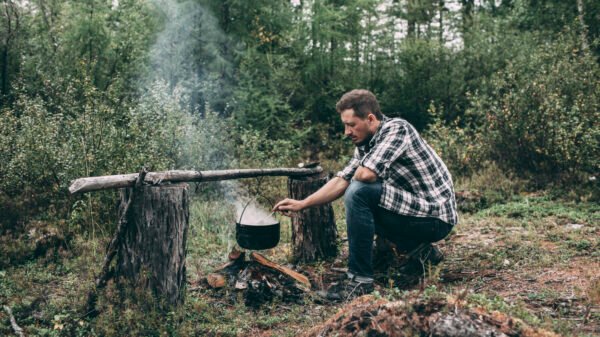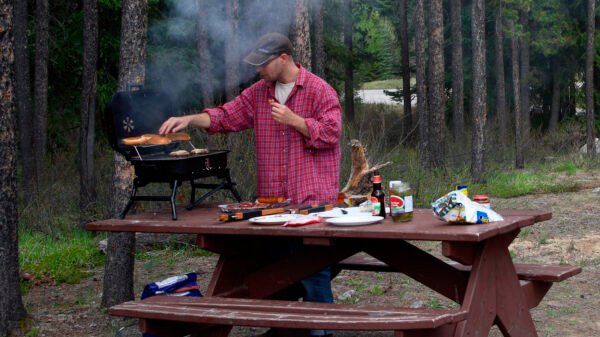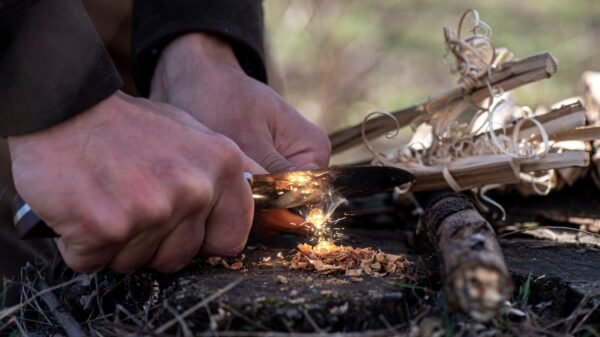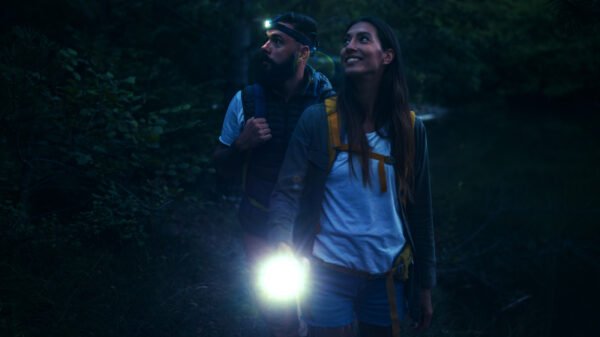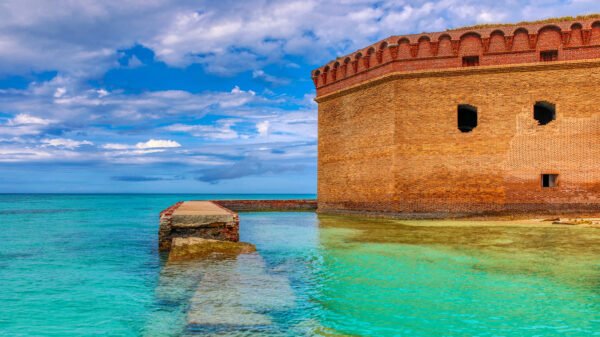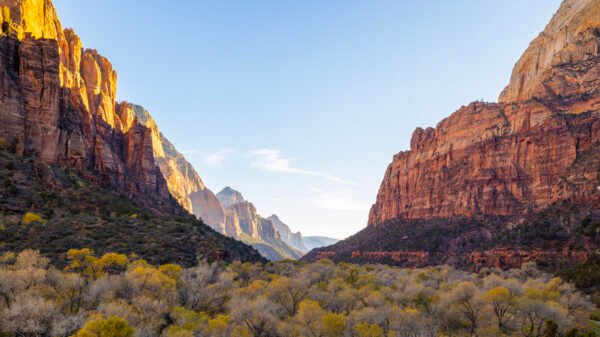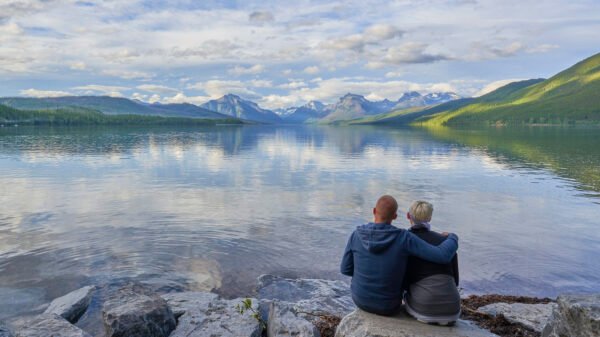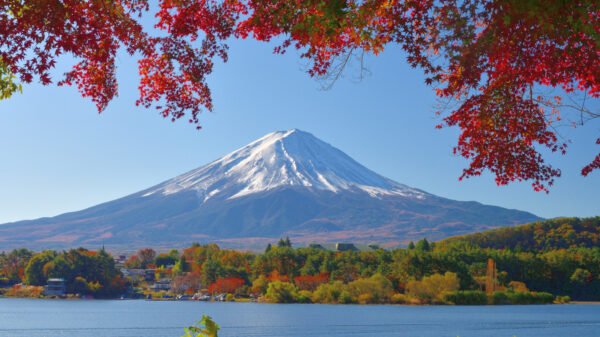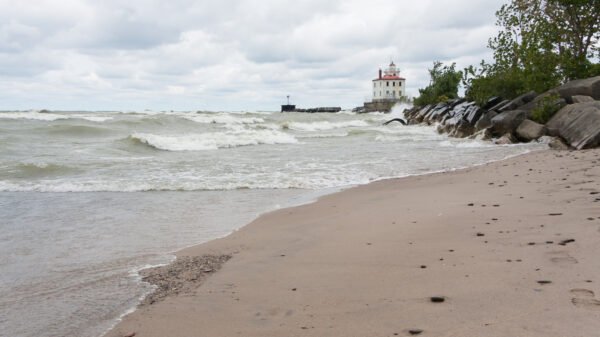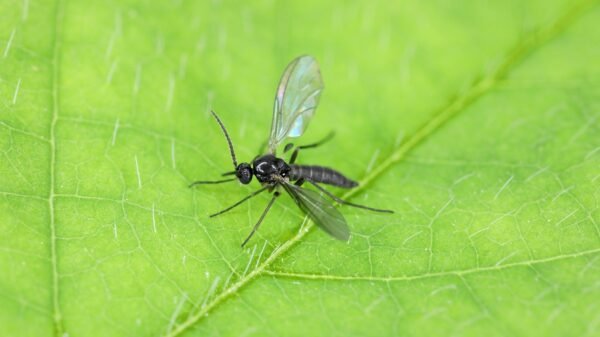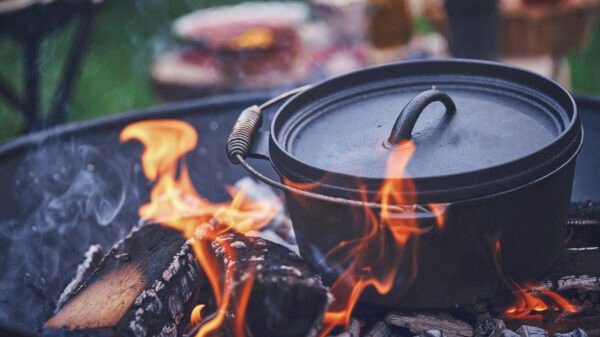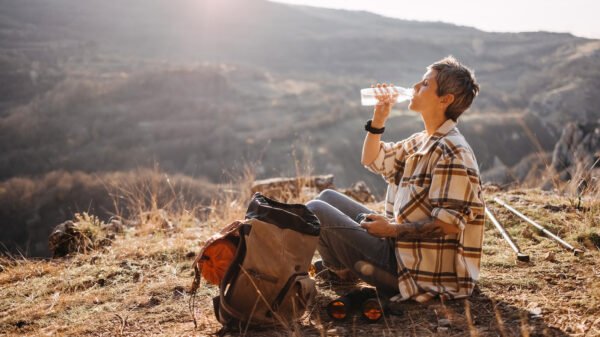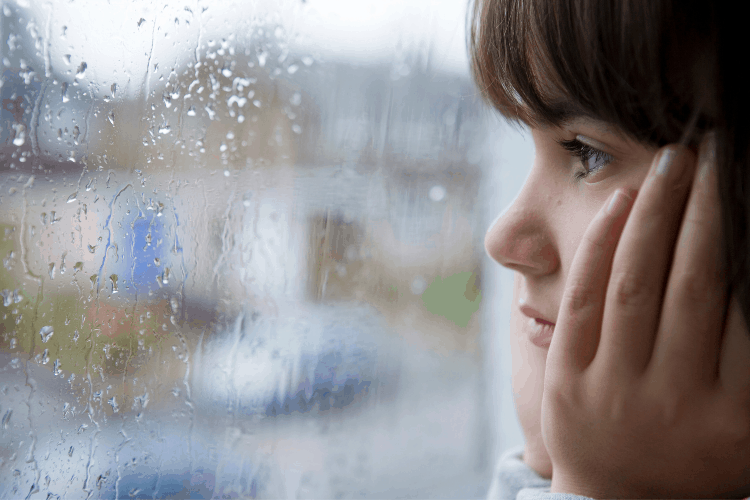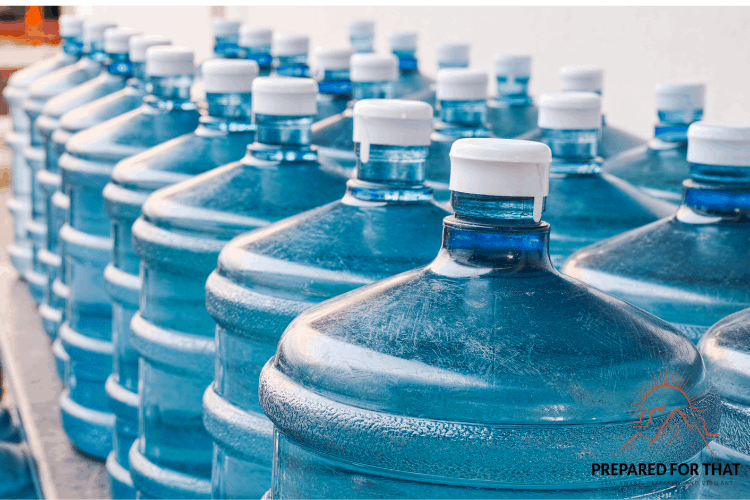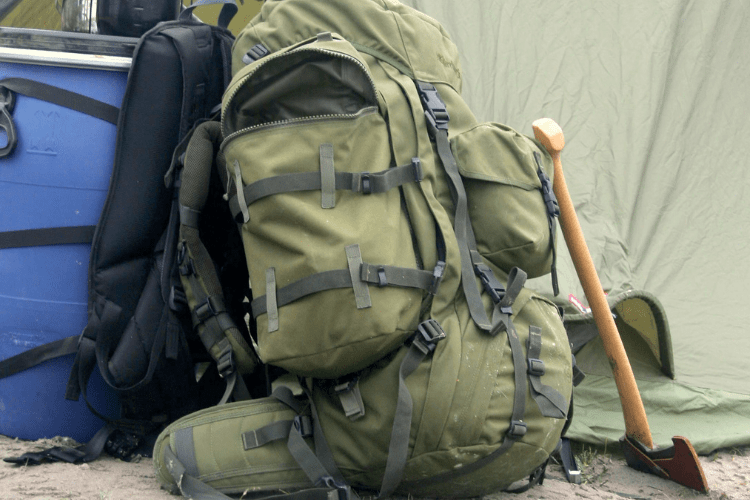As mentioned in my previous post, several natural and human-made disasters can drive people into circumstances where they may need shelter for a long time. Preparing your home for survival is a must because each disaster has its special dangers, and going over your bug-in checklist is more important than ever.
The Outdoor Air Quality May Become Dangerous
The air quality may be compromised in a nuclear accident or chemical attack. The super pollutants that could penetrate the air in such a case could make you seek shelter.
The Weather May Be Very Dangerous
Weather conditions cause most of us to stay put at one time or another. If a major disaster in winter caused the roads to be inaccessible and the power to be out, you could easily be forced to depend only on yourself for an extended period.
A generator-powered place set aside for the season is mandatory to avoid risking conditions that could be very hazardous.
There May Not Be Any Support Coming By Any Time Soon
Support may not be available to your area for some time, including aid in the form of supplies or the ability to leave your safe spot. The odds are certainly that help will come, but you may need to take care of yourself and your loved ones until it does.
Why Will Rescue Take So Long?
In some cases and circumstances, a rescue team may take an extended period to get to an area where a disaster has occurred. This can occur for many different reasons:
The roads may be hard to traverse due to flooding, cracking, or other problems.
- Space could have become isolated due to physical changes in an environment.
- The air quality may be too dangerous for rescuers to enter an area.
- Financial issues may also be a concern for the government to get everything ready for rescue and recovery. Usually, FEMA, the Red Cross, and others are there quickly, but we need to remember the government’s slow response to Hurricane Katrina.
- War or other conflicts like those mentioned in Israel, Palestine, or the Democratic Republic of Congo could make it very hard for the proper authorities to get into a place.
Potential Outside Threats
The outside threats after a disaster can be especially dangerous. These can include:
- Air pollution
- The threat of weather conditions makes an area even worse. This includes flooding or avalanche/mudslide threats.
- People are violent or turn to criminal activities.
- If you have limited or no help from others, you might ask for assistance.
Sources:
https://www.dictionary.com/browse/hunker–down
https://www.google.com/books/edition/Be_a_Prepper/NkttjwEACAAJ?hl=en


